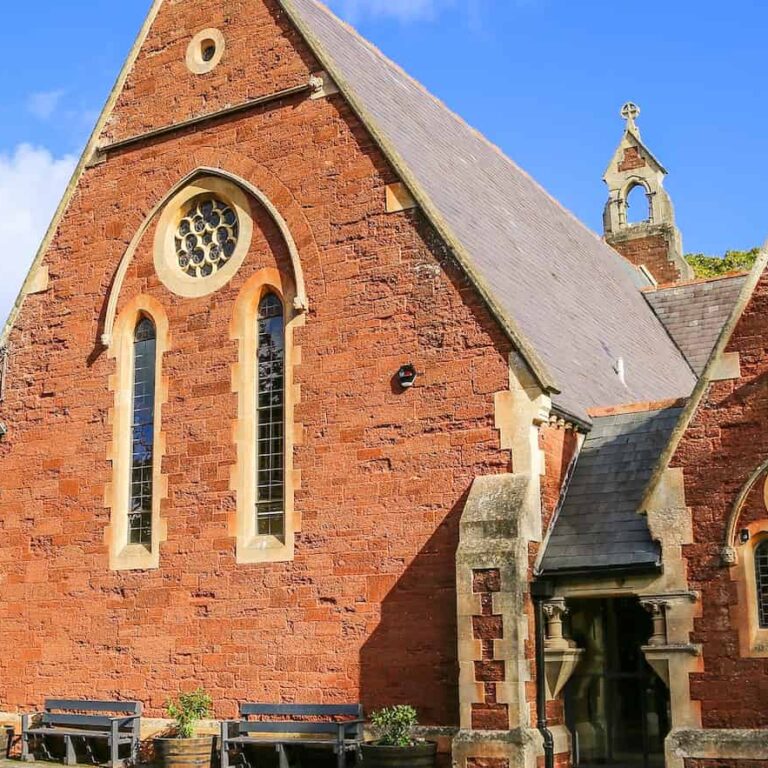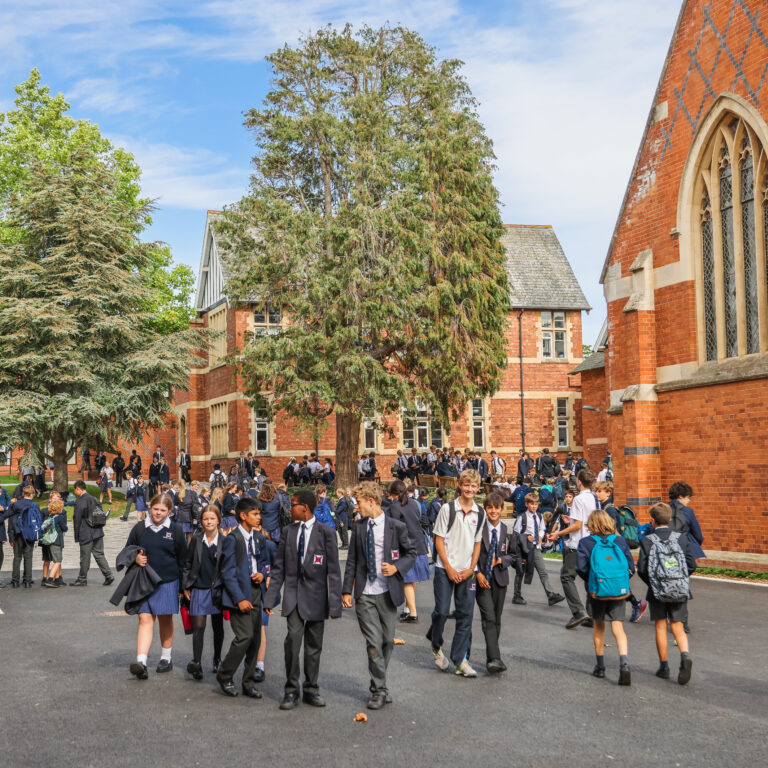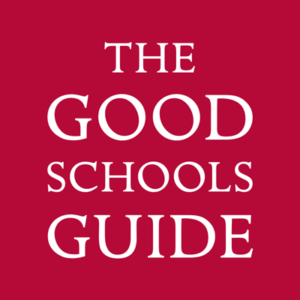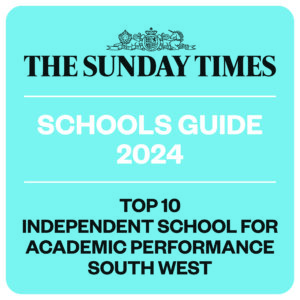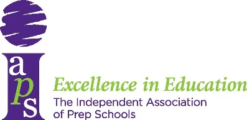Choosing the right first school for your child is a key moment in every parent’s life. With many aspects to consider such as location, distance from home, and private and state schools, finding the best school can be a lengthy but worthwhile process.
This article explains the difference between regular primary schools and independent pre-prep schools in England. Understanding the differences can help you choose the right path to ensure your child has the best start to their school life.
What is a pre-prep school?
A pre-prep school, also known as a pre-preparatory school, is an independent school for children aged 3 to 7. Pre-prep education covers Nursery, Reception, and Years 1 and 2, preparing children for prep school or private junior school, which starts from the age of 7 when children enter Year 3.
What is a state primary school?
State-run or maintained primary schools are government funded schools for children aged 4 to 11 years of age. They combine both the infant and junior stages and prepare children for mainstream secondary school. Primary schools cover the Early Years Foundation Stage (Reception), Key Stage 1 (Years 1 & 2), and Key Stage 2 (Years 3 to 6).
What is the difference between a state primary school and a private pre-prep school?
There are several differences between mainstream primary schools and pre-preps, including the way they are governed, the education frameworks they follow, child to teacher ratios, and cost.
Educational framework
Primary schools follow the National Curriculum, which is the education framework used in state schools across England. The National Curriculum is designed to provide a standardised framework of knowledge and skills that children are expected to learn throughout their education. However, its rigid structure can make it harder to tailor learning experiences and lacks flexibility. Although many children prosper under this framework, its restrictive nature may hold some children back or cause them to struggle to fully engage.
Conversely, pre-prep schools are independent, meaning they are not governed by the state. This means that they do not have to follow the National Curriculum and may only use it as a guideline for core subjects like English, mathematics and science. Independent pre-preps formulate an educational framework designed around the needs of their pupils and their own teaching philosophies. This allows for greater flexibility, creativity and educational enrichment to deliver a more tailored education.
Funding
Primary schools are state funded and run by the local authority or academy trusts. Private pre-preparatory schools are self-funded, meaning they rely on tuition fees and other forms of fundraising activities.
The funding of state schools from the government heavily depends on budget allocations and local authority support, which can limit resources and facilities. While private schools require parents to pay tuition fees, they often have much greater financial flexibility to invest in resources, facilities and extra-curricular activities.
Tuition fees
State run primary schools are free to attend, while independent pre-prep schools charge tuition fees for each term. While many parents may assume that the tuition fees are prohibitive, private schools often provide bursaries, scholarships or other forms of financial support to make access more affordable. Many pre-prep schools also offer early years funding for 15 or 30 hours a week until the term after your child’s 5th birthday.
Class sizes
The School Standards Framework 1998 limits the lawful number of children in state-run infant school classes (Reception and Key Stage 1) to 30 pupils per school teacher. However, under lawful exceptions, mainstream infant class sizes can swell to over 30. Lawful exceptions include admittance of looked after children, children with special needs, in-year admissions for children moving into the area, children with parents of UK service personnel, multiple birth siblings (twins, etc), and those admitted under independent appeals. There is no statutory pupil limit for Key Stage 2 classes, but schools are encouraged to maintain manageable class sizes.
Independent pre-preps have much smaller class sizes compared to state-run schools, often fewer than 20 pupils. This is to ensure that children have a better pupil-to-teacher ratio and can provide a more personalised learning experience. They may also have a teaching assistant in each class, reducing these ratios even further.
Benefits of mainstream primary schools
- Free education for all.
- Wide intake of pupils across a diverse range of social backgrounds.
- Follow the National Curriculum to ensure national standards are met.
- Often at the heart of the community, they foster close community links.
- Regulated by Ofsted to ensure quality standards are met.
- Usually attached to junior schools allowing for a smooth transition into Key Stage 2.
- Offer a diverse range of extra-curricular activities.
- Government-funded support for children with special educational needs and disabilities (SEND).
- Free or subsidised school transport for eligible children.
Benefits of pre-prep schools
- Smaller class sizes nurture focus and attention, ensuring each child’s needs are met.
- Higher teacher to pupil ratios facilitate a personalised learning experience with enhanced individual support.
- Flexible curriculum that allows a broader and more creative education, often with accelerated learning programmes so pupils progress faster.
- Emphasis on character building throughout the early years to build confidence and independence.
- Inspected for quality by the Independent Schools Inspectorate, appointed by the Department for Education to inspect most independent schools in England.
- Extra-curricular educational enrichment opportunities such as music, drama, creative arts and trips are often introduced earlier compared to state primary schools.
- Financial support in the form of bursaries and scholarships are available to remove financial barriers and make an independent education accessible to a wider range of families.
- Seamless transition into prep school after the third school year (Year 2).
- Tailored SEND support to ensure individual learning and development needs are met.
Understanding your options
Understanding the differences between private pre-prep schools and state-run primary schools can help you make an informed decision to ensure your child gets the best start in their educational journey.
Whether you choose maintained or independent, the most important thing is finding a school with skilled, caring staff where your child will thrive.
There can be a misconception that independent schools are inaccessible to many families, but with early years funding, bursaries and scholarships available, they may be more affordable than you think.
Don’t forget that applications for state-funded primary schools in England must be submitted through the local authority. Applications usually open in November and close in January for admission commencing the following September. With pre-prep schools, children can usually join the school the term after they turn 3. You will need to contact the school to enquire about the admissions process and application deadlines.
If you are interested in finding out more about Exeter Pre-Prep, please contact us to arrange a visit or register your interest using this form.

